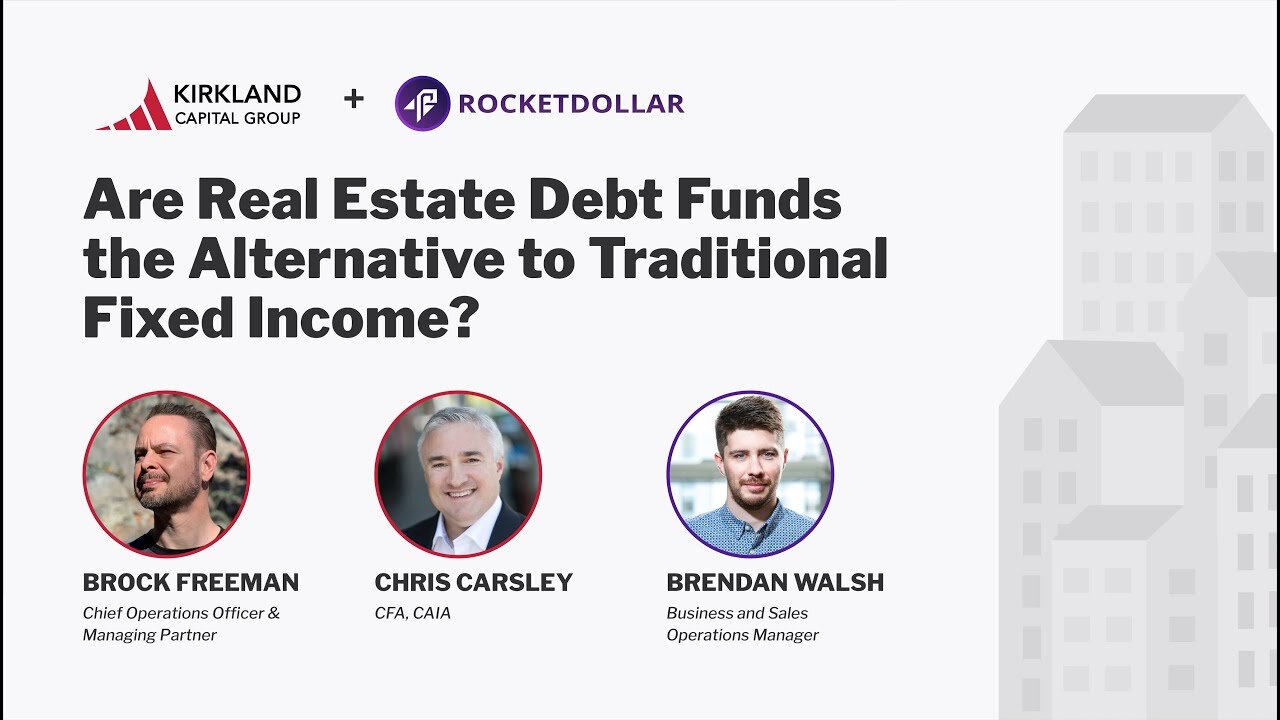
The latest.
Topic
- 1031 Exchange 1
- 401k 1
- Accounting 1
- Active Real Estate Investment 5
- Alpha 2
- Alternative Investements 7
- Alternative Investment 1
- Alternative Investment Fund 2
- Alternative Investments 50
- Altigo 1
- Alto IRA 1
- Artificial Intelligence 1
- Background Checks 1
- Banking Collapse 1
- Bankruptcy 1
- Bar 1
- Bitcoin 1
- Blue Vault 1
- Bonds 7
- Bridge Loan 5
- CAASA 1
- CAIA 5
- CMBS 1
- Canopy Phoenix 1
- Capital Gains 1
- Commercial Real Estate 25
- Concreit 1
- Correlation 3
- Counterparties 1
- Credit Crunch 1
- CrowdStreet 2
- Cryptocurrency 1
- Debt Cliff 1
- Debt Structure 1
- Digital Assets 1
- Diversification 2
- Due Diligence 25
- Edge 2
- Education 14
- Emerging Managers 1
- Equity 3
- Ethereum 1
- Family Office 2
- Fed 1
- Finance 1
- Fixed Income 9
- Foreclosure 1
- Form 1099 1
- Formidium 1
- Fund Management 5
Access Our Exclusive Investment Insights.

Equity-like Returns with Debt-Level Risk: Dream or Reality?
Equities, or stocks, have always held a strong appeal for investors and have been a fundamental component of numerous investment portfolios for valid reasons. Historically, the S&P 500 (including dividends) have yielded an impressive average return of 12.8% from 1950 to 2023. Nevertheless, this trajectory has been anything but steady, characterized by significant events such as Black Monday (which saw the Dow plummet by -22%), the Internet Bubble Crash (resulting in a -78% loss for NASDAQ), and the Great Financial Crisis (where the S&P 500 experienced a decline exceeding -20%).
For those who prefer a more conservative investment strategy, bonds present an opportunity for stability, capital preservation, and offering a consistent flow of interest payments. From 1950-2023, the 10-year treasury bond has maintained an average yield of 5.4%, providing a “calmer” investment option compared to stocks, albeit with returns around 40% lower and without the highs and lows associated with the stock market. However this doesn’t mean there hasn’t been any fluctuations in its returns.

The Importance of Consistent and Stable Returns in Fixed Income Investments
In the vast landscape of investment options, income funds have carved out a significant niche for themselves. Designed to provide a steady income stream to investors, these funds are often comprised of a variety of income-generating assets such as bonds, dividend-paying stocks, and real estate related investments. They play a crucial role in a well-diversified portfolio, particularly for those investors seeking regular income, or those looking for a more conservative investment strategy.

The Triple Net Return (NNN): Measuring your investment return in an inflationary environment
Most investors haven’t had to deal with the impact of inflation on their investment returns. Looking at the triple net of investment (NNN) returns will give you a better return profile on your investments.

Kirkland Capital Group and Concreit Fireside Chat
Navigating today’s market can seem daunting to many investors. The rising interest rates, inflation, and general uncertainty of what will happen in the coming months or years have created doubt and fear among investors.

Is the 60/40 Investment Portfolio Dead?
Many experts now believe that the 60/40 portfolio is no longer an investment strategy that generates the best growth profits, but there is an alternative.

Are Real Estate Debt Funds a Replacement for Bonds?
In this live online interview Chris Carsley and Brock Freeman talk with Brandon Walsh at Rocket Dollar about alternative investments, the death of the sixty forty or at least the lower interest rate bond market's impact on the low-risk part of your investment portfolio, what to look for risk-wise when exploring private investment funds, what we have done to lower operational risk and be transparent with our Kirkland Income Fund, and much more.

Is the 60/40 Investment Portfolio Dead?
Many experts now believe that the 60/40 portfolio is no longer an investment strategy that generates the best growth profits, but there is an alternative.
